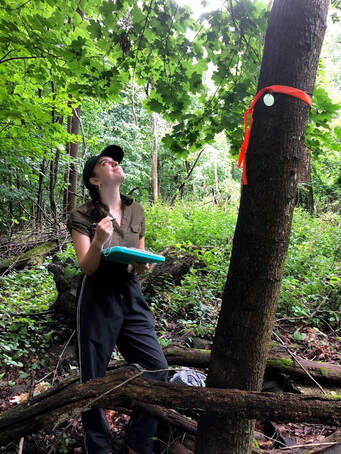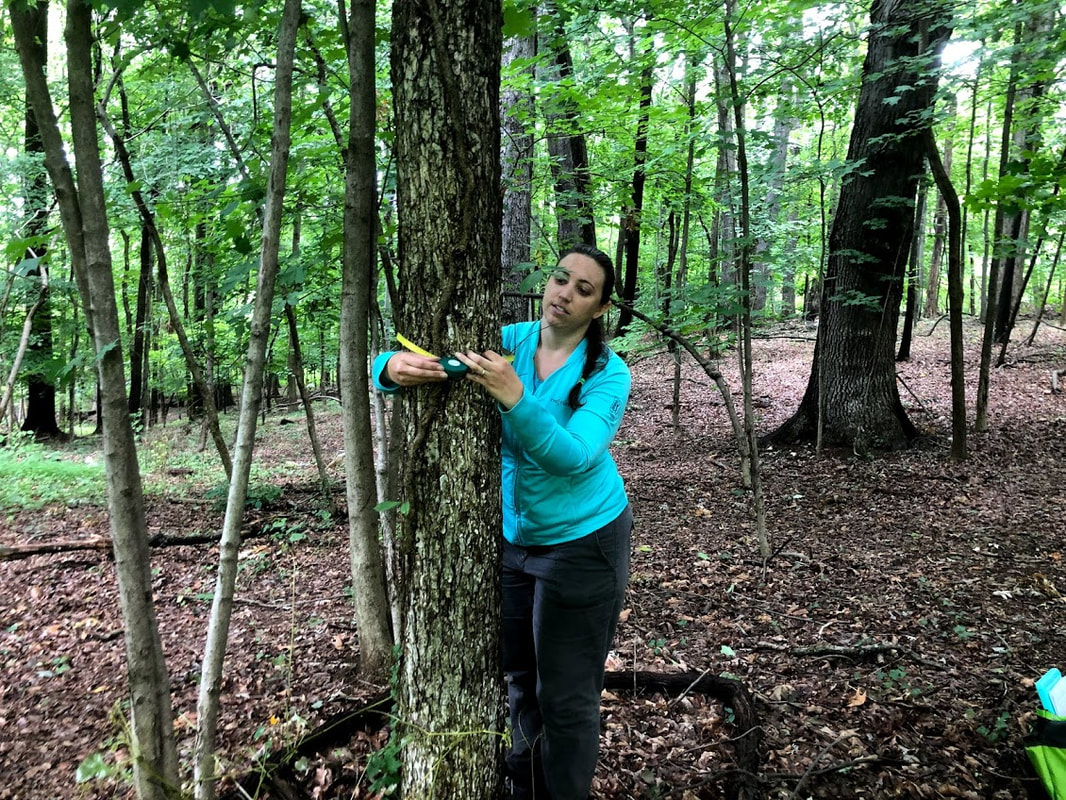Genetic Diversity of Urban Trees
|
Cities often contract with landscapers and urban planners to plant and maintain urban trees both for the beautification of the city and to mitigate the urban heat island effect. Landscapers consider a variety of factors when choosing which species of tree to plant, but these considerations don’t always recognize the potential broader ecological impacts of native versus exotic tree species. Additionally, many trees used in landscaping have undergone domestic selection and are cultivars or close with limited genetic diversity. It is possible that urban tree species may interbreed with native wild type counterparts and thus decrease the genetic diversity of urban forests.
This is particularly concerning as the genetic diversity of a population is important for resilience and adaptation to potential future threats such as pest outbreaks and climate change. Additionally, domestic selection may have important impacts on the insect and microbial communities associated with trees through selection of particular genotypes/phenotypes. This is important because a key ecosystem service of urban trees is to support biodiversity. We will examine the influence of planted trees on genetic diversity, biotic community structure, and resilience of urban forests, comparing a domestically selected, invasive, exotic species (Acer platanoides, Norway maple) with a domestically selected, native species (Acer rubrum, red maple) in Baltimore, Maryland. A. platanoides has no local native species pool with which to interbreed, whereas A. rubrum cultivars may contribute genetic material back to the local native population of trees. As a result, the introduction of the exotic congener, Norway maple, provides the opportunity to pursue a comparative study where one species has access to a wild type gene pool with which to interbreed, and one does not. |
Team Members: Beatriz Shobe, Ayla Frost


